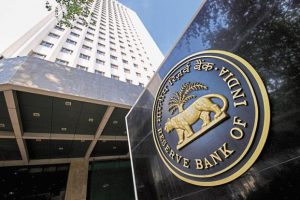
This Is What RBI Is Doing With Banned Rs. 500 and Rs. 1000 Notes
The demonetization decision by the Prime Minister of India on November 8, 2016, hit very hard on the Indians. From that day, Rs. 500 and Rs. 1000 notes have been banned from circulating for the exchange of currency. The demonetization of Rs. 500 and Rs. 1000 notes have been counted and processed for genuineness are shredded before being disposed of through a tendering process, said RBI.

It was estimated by the Central Bank that the value of Rs. 500 and Rs. 1000 notes were 15.28 trillion rupees as of June 30, 2017. The notes will be compressed into ‘bricks’ and then the shredded notes will be disposed of via a tendering process, said RBI as reported by PTI.
According to the report of PTI, at least 59 Currency Verification and Processing or CVPS machines are in operation in many branches of RBI all over the country to process the old demonetized notes for their arithmetical accuracy and genuineness.

The Rs 500 and Rs. 1000 notes were banned from November 8, 2016, and the holders of these currencies to deposit them with the banks or use them at notified utilities.
According to the annual report from the Reserve Bank of India for the fiscal year 2016-17 released on August 30 last year, 15.28 lakh crore or 99 percent of the demonetized notes had returned to the banking system.

The central bank in its report said that for the fiscal year that ended on June 30, 2017, only Rs. 16,050 crore of Rs. 15.44 lakh crore in old high denomination notes had not been returned.
By November 8, 2016, there were 1,716.5 crore pieces of Rs. 500 and 685.8 crore pieces of Rs. 1000 notes in circulation. That is a total of Rs. 15.44 lakh crore, according to a report from the Reserve Bank of India.
Although there were many comments came from all over, the central government did not take the decision back of banning the notes. In their place, new Rs. 2000 note and Rs. 200 note was introduced.
Read: Florida Bridge Collapse: Tragedy Unexpected and Unexplained